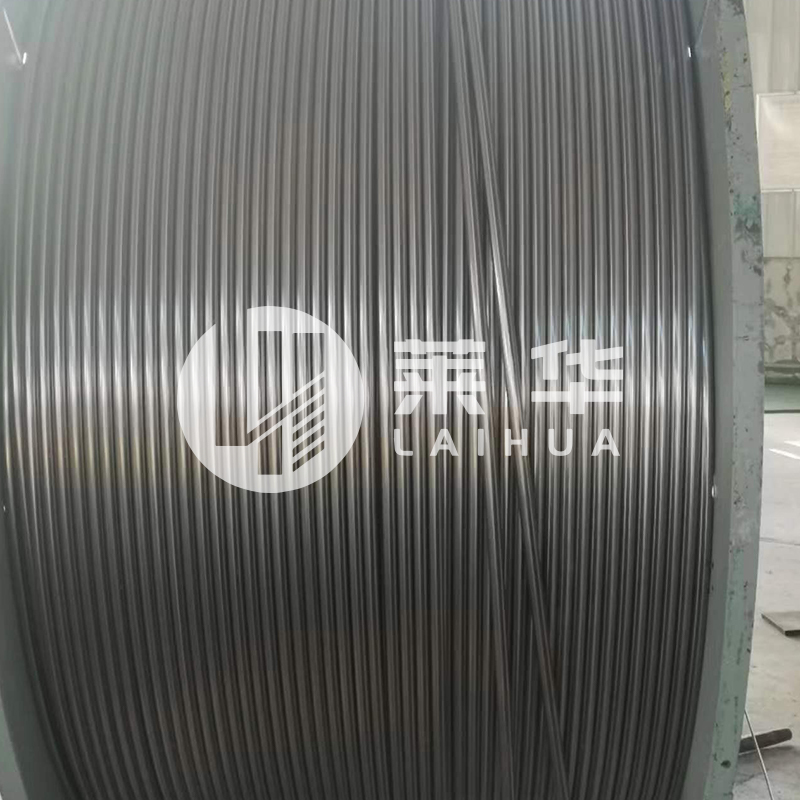Cat:Products
Continuous tubing, also known as flexible tubing or flexible tubing, is widely used in the fields of well workover, logging and drilling, etc. Its pro...
See Details
Stainless steel continuous oil pipe have become essential components in modern oil and gas operations. Their corrosion resistance, durability, and seamless construction make them superior to traditional alternatives. This comprehensive guide explores everything you need to know about these specialized pipes.
A stainless steel continuous oil pipe is a seamless, corrosion-resistant tubing solution designed for the extraction, transportation, and processing of crude oil and petroleum products. Unlike welded pipes, continuous pipes have no joints along their length, providing enhanced structural integrity.
Key characteristics include:
Stainless steel continuous oil pipes offer numerous benefits over conventional options:
| Feature | Benefit | Industry Impact |
|---|---|---|
| Seamless construction | Eliminates weak points and potential leak paths | Reduces maintenance costs and downtime |
| Corrosion resistance | Withstands harsh oilfield environments | Extends service life by 3-5x compared to carbon steel |
| High strength-to-weight ratio | Easier handling and installation | Reduces transportation and labor costs |
| Temperature resistance | Maintains integrity in extreme conditions | Suitable for deep well and high-temperature applications |
| Smooth interior surface | Reduces friction and improves flow efficiency | Lowers pumping energy requirements |
Stainless steel continuous oil pipes serve critical functions across various industry segments:
Various stainless steel grades are used for continuous oil pipes, each with specific properties:
| Grade | Composition | Key Properties | Typical Use Cases |
|---|---|---|---|
| 304 | 18% Cr, 8% Ni | Good corrosion resistance, economical | Mild service conditions, surface equipment |
| 316 | 16% Cr, 10% Ni, 2% Mo | Enhanced chloride resistance | Offshore, coastal environments |
| 2205 (Duplex) | 22% Cr, 5% Ni, 3% Mo | High strength, excellent corrosion resistance | Sour service, high-pressure wells |
| Super Duplex | 25% Cr, 7% Ni, 4% Mo | Superior chloride resistance | Deepwater, high-chloride environments |
Standard specifications for stainless steel continuous oil pipes include:

Proper installation ensures optimal performance and longevity:
While stainless steel pipes require less maintenance than alternatives, consider:
While stainless steel continuous oil pipes have higher initial costs than carbon steel, their total cost of ownership is often lower:
| Cost Factor | Stainless Steel | Carbon Steel |
|---|---|---|
| Material cost | Higher (2-4x) | Lower |
| Installation cost | Similar | Similar |
| Maintenance cost | Low | High |
| Replacement frequency | 15-25 years | 5-10 years |
| Downtime impact | Minimal | Significant |
Stainless steel continuous oil pipes offer several environmental advantages:
When specifying stainless steel continuous oil pipes, consider these factors:
The industry continues to evolve with these emerging developments:
Stainless steel offers superior corrosion resistance and longer service life but at higher initial cost. Carbon steel requires more maintenance and protective measures in corrosive environments.
With proper selection and maintenance, these pipes can last 20+ years in most oilfield applications, significantly longer than carbon steel alternatives.
Yes, specific grades like duplex and super duplex stainless steels are excellent for sour service (H2S environments) when properly specified.
Stainless steel requires different welding procedures than carbon steel, but continuous pipes minimize field welding needs. Proper procedures must be followed to maintain corrosion resistance.
Stainless steel continuous oil pipes represent a reliable, long-term solution for demanding oil and gas applications. Their seamless construction, corrosion resistance, and durability make them particularly valuable in harsh environments where maintenance access is difficult or costly. While the initial investment is higher than traditional options, the lifecycle cost benefits and operational reliability often justify the premium. Proper material selection, installation, and maintenance practices are essential to maximize the value of these high-performance piping systems.
As the industry continues to face challenging environments and stricter environmental regulations, stainless steel continuous oil pipes will likely see increased adoption across all segments of oil and gas operations.

Contact Us